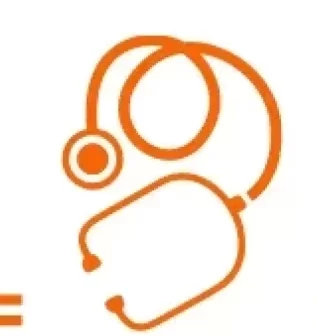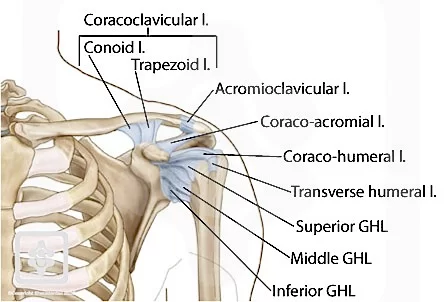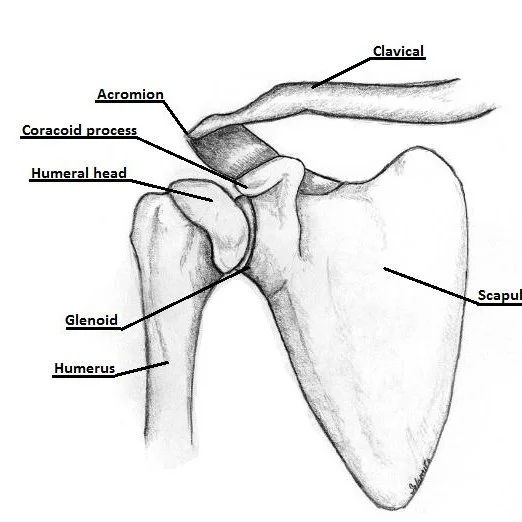Coracohumeral Ligament
Introduction The coracohumeral ligament is a strong, fibrous band that connects the coracoid process of the scapula to the greater tubercle of the humerus. It plays a key role in stabilizing the shoulder joint, particularly by limiting excessive external rotation and inferior displacement of the humeral head. By tightening during external rotation and preventing excessive external rotation and inferior translation of the humerus, the coracohumeral ligament strengthens the glenohumeral joint capsule superiorly. Structure of the Coracohumeral Ligament The coracohumeral ligament is an important and strong band of connective tissue that connects the scapula’s coracoid process to the humerus’s greater tubercle. The ligament consists of dense collagen fibers aligned…


